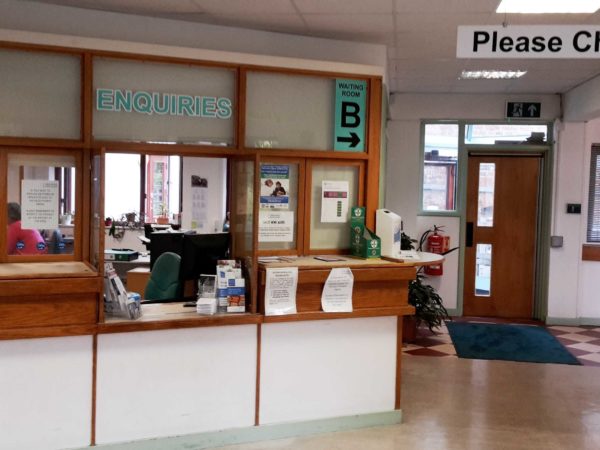Property in primary healthcare use is widely accepted as prime long term investments due to the payment of notional rent from NHS England in the case of doctor’s surgeries and good covenant strength and long term viability of dental practices, pharmacies etc. This has been particularly true during the recent recession when the perceived covenant strength and long term viability of previously well-established commercial tenants such as Woolworths and Blockbuster proved to be wrong. As a result, primary healthcare property has maintained or improved its capital value provided it is relatively modern and kept up-to-date with statutory requirements. However, increasing capital values and equity has resulted in affordability issues for employed doctors seeking to become property owning GP partners. In addition, caution amongst employed doctors about getting involved with equity in property has resulted in a severe shortage of incoming Partners nationally causing some Medical Practices to consider a sale and leaseback transaction to a third party investor company.
Sale and leaseback involves the medical practice selling the freehold on the basis of the new owner granting a commercial lease back to them for typically 20 years at a rent reflecting the notional rent. Such rent reflects a rental return (yield) of typically 7 – 8% for the owner / investor which is relatively risk free and represents a good return on the investment, especially in view of the current low base interest rate which makes alternative financial investments unviable by comparison. However, the Medical Practice has committed themselves to 20 years of rent payment which, for the time being, is reimbursed by notional rent although a lot can change in 20 years, particularly given the current financial challenges of the NHS. I recommend caution before considering such options because retaining the freehold allows the Medical Practice to benefit from the rental return (in the form of notional rent) and overall control of the property which is very desirable in the current market. Incoming partners and employed GPs shouldn’t underestimate the value of this rental return given the chance to buy in which isn’t available to most investors and provides a good investment opportunity.
Older primary healthcare properties suffering from obsolescence are often underestimated as they offer a significant potential uplift in value if refurbished / renovated and NHS England is currently offering up to 66% Improvement Grants for such work again providing a unique and viable opportunity for Medical Practices which is not to be underestimated, especially if it avoids a potential loss of value should the Medical Practice seek to move to an alternative premises. The end value of new medical premises also creates a viable opportunity for a Medical Practice to develop a new surgery, particularly if other associated occupiers such as pharmacy operators, dental practices etc can be included / relocated. The current availability of Improvement Grants also assists viability.
The pharmacy profession is currently facing potential change and restructuring following the recent introduction of electronic prescriptions making it possible for out-of area or internet based pharmacies to compete for prescriptions as geographical location becomes less important. The Government is also consulting the pharmacy profession about centralisation of services as a result to achieve cost savings meaning larger corporate pharmacy operators may end up having a single centralised national robotic dispensing system reducing the need for a pharmacist in each branch or a pharmacy in each area. This could fundamentally change the face of pharmacy in the short to medium term having large implications of associated property sectors and values.
Robin Wells BSc (Hons) MRICS, Associate
RICS Registered Valuer
